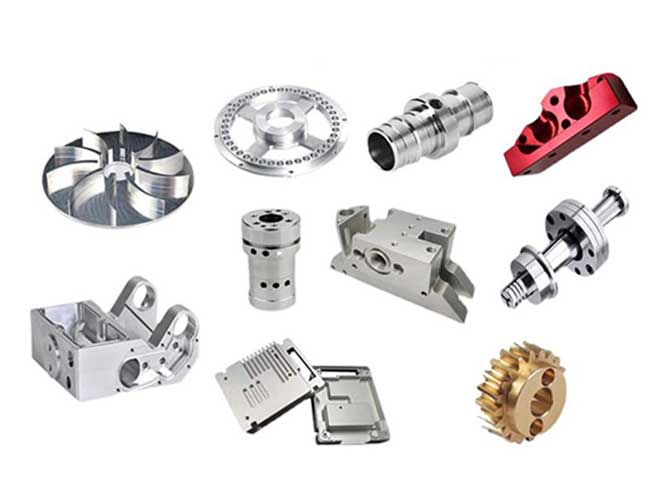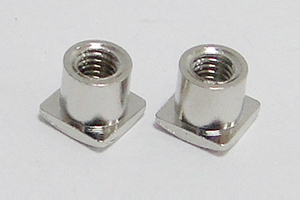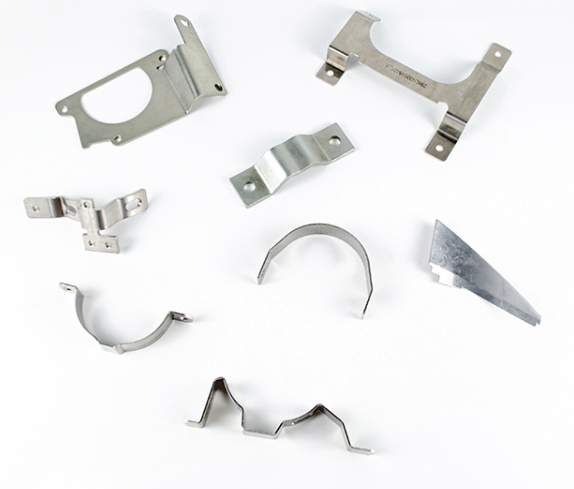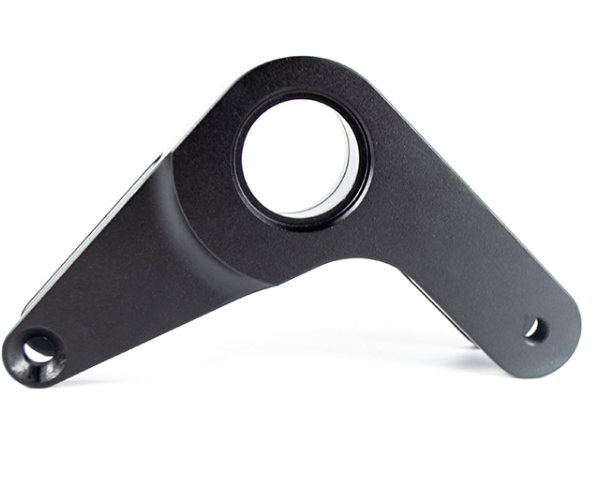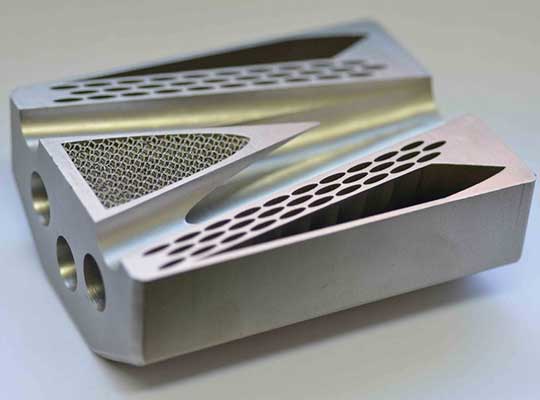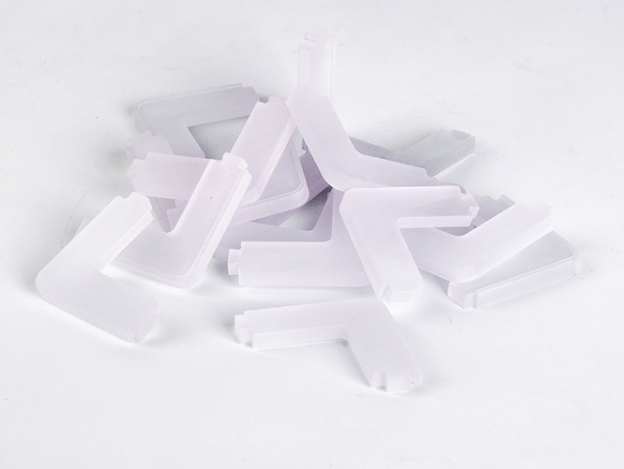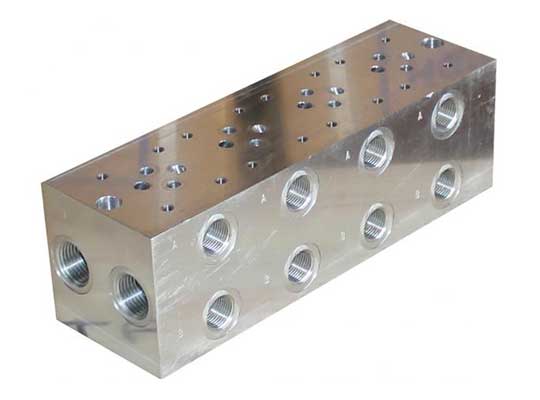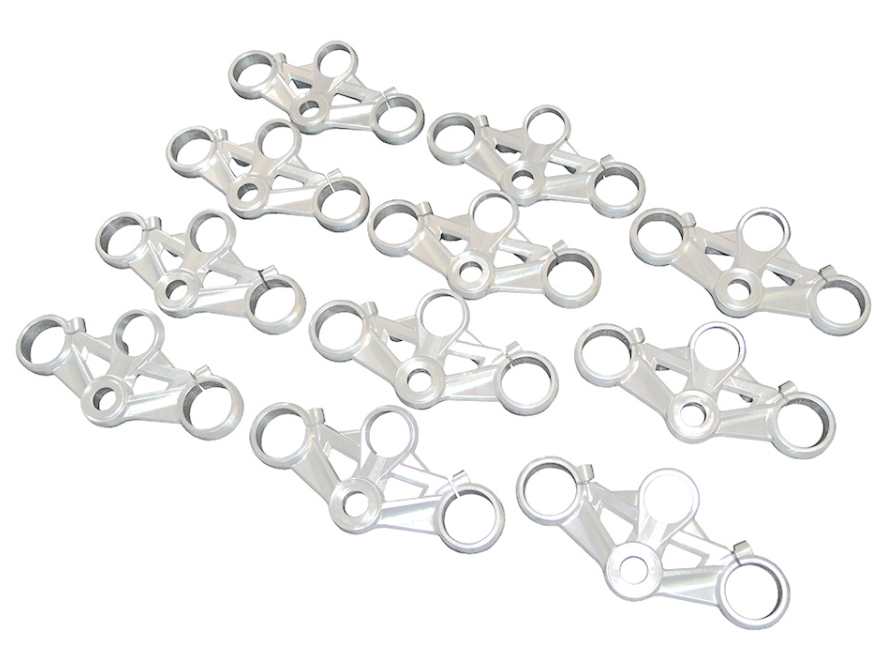في عالم تطوير المنتجات السريعة, choosing the right prototyping method can make or break your project timeline, ميزانية, and ultimate success. Two prominent approaches often stand head-to-head: النماذج الأولية السريعة and traditional الآلات. But what exactly sets them apart? As a product engineer with years of experience, I’ve seen firsthand how understanding these differences can help teams make smarter decisions. Let’s dive into the core characteristics of rapid prototyping compared to machining, backed by data and real-world applications.
Understanding the Basics: What Are We Comparing?
Before we jump into the details, let’s clarify our terms.
Machining is a traditional subtractive manufacturing process. It starts with a solid block of material (like metal, البلاستيك, or wood) and removes portions using tools such as lathes, mills, or CNC machines. This method has been the backbone of manufacturing for decades, valued for its precision in creating functional parts.
النماذج الأولية السريعة (RP), على الجانب الآخر, is an additive or near-net-shape process. It builds parts layer by layer or uses molds to create complex shapes directly from digital designs (CAD files). Technologies like 3D printing, investment casting, and stereolithography fall under this umbrella. كما يوحي الاسم, speed and flexibility are its defining traits.
الآن, let’s explore how these two methods stack up across critical characteristics.
Core Characteristics: Rapid Prototyping vs. Machining
Speed and Lead Time: Getting to Market Faster
Time is often the most critical factor in product development, and here’s where rapid prototyping shines brightest.
Traditional machining requires extensive setup: programming CNC machines, preparing fixtures, and often creating custom tooling for each part. According to industry data, machining a complex prototype can take 2-6 أسابيع from design finalization to completion. For parts with intricate geometries, this timeline can stretch even longer as machinists navigate the challenges of cutting hard materials without damaging tools.
Rapid prototyping, by contrast, eliminates much of this wait time. With technologies like 3D printing or investment casting, you can go from a CAD file to a physical prototype in 3-7 أيام. The additive nature means there’s no need for time-consuming tooling setup—machines simply build the part layer by layer based on digital instructions. This speed is a game-changer for iterative design processes, where engineers need to test, modify, and retest concepts quickly.
مثال: A medical device company needed to prototype a new surgical instrument with tiny, curved channels. Machining quoted a 4-week turnaround, but using rapid prototyping, they had the first prototype in 5 أيام, allowing them to begin testing two weeks earlier than planned.
Cost Efficiency: Small Runs vs. Large-Scale Production
Cost is another area where the two methods diverge sharply, and the difference often depends on production volume.
Machining involves significant upfront costs. Custom tooling, برمجة CNC, and skilled labor can make small-batch prototyping expensive. For a single complex part, machining costs can range from \(500- )2,000, with much of that going toward setup rather than material. These costs make sense for large-scale production runs (1,000+ الوحدات), where the upfront investment gets spread out over many parts, but they’re hard to justify for prototyping.
Rapid prototyping flips this model. With no need for custom tooling, the cost per part is much lower for small runs. A 3D-printed or investment-cast prototype might cost \(100- )500 for a single unit, and the price remains relatively stable even when producing 10–50 units. This makes rapid prototyping ideal for testing multiple design iterations without breaking the budget.
| حجم الإنتاج | Machining Cost Range | Rapid Prototyping Cost Range |
| 1-10 وحدات | \(500- )3,000 | \(100- )800 |
| 50–100 units | \(3,000- )8,000 | \(800- )2,500 |
| 1,000+ الوحدات | \(10,000- )30,000 | \(5,000- )20,000* |
ملحوظة: Rapid prototyping costs for large runs can increase due to material limitations, making machining more cost-effective at very high volumes.
مرونة التصميم: Unlocking Complex Geometries
One of the most exciting advantages of rapid prototyping is its ability to handle complex designs that would be impossible or prohibitively expensive with machining.
Machining is limited by its subtractive nature. Creating internal channels, تقف, or organic shapes requires specialized tools and multiple setups, increasing both time and cost. في بعض الحالات, complex parts must be machined in pieces and then assembled, introducing potential weak points. على سبيل المثال, a part with a hollow interior and intricate lattice structure would be extremely difficult to machine without compromising its integrity.
Rapid prototyping thrives on complexity. Additive processes build parts from the bottom up, so internal features, curved surfaces, and complex geometries are just as easy to produce as simple shapes. Investment casting, a popular rapid prototyping method, uses wax patterns to create molds that perfectly replicate even the tiniest details—down to 0.1mm tolerances. This flexibility lets engineers push the boundaries of design, testing innovative concepts that might have been too risky with traditional methods.
Common complex features achievable with rapid prototyping:
- Internal cavities and channels
- Organic, ergonomic shapes
- Lattice structures for weight reduction
- Overhangs and undercuts without additional support
براعة المواد: Testing the Right Combinations
Both methods offer material options, but rapid prototyping provides more flexibility for early-stage testing.
Machining is limited to materials that can be cut with traditional tools. Metals like aluminum, فُولاَذ, and titanium are common, as are plastics like ABS and PEEK. لكن, each material requires specific tooling and settings, and switching between materials mid-project can be time-consuming and costly.
Rapid prototyping supports a wide range of materials, from standard plastics to high-performance metals and even composites. 3D printers can use ABS, جيش التحرير الشعبى الصينى, نايلون, and resin, while investment casting works with stainless steel, bronze, and even superalloys like Inconel. This variety allows engineers to test different materials early in the design process, ensuring the final product meets performance requirements.
Accuracy and Precision: Meeting Tight Tolerances
When it comes to precision, both methods have their strengths, but the gap is narrowing as rapid prototyping technology advances.
Traditional machining has long been the gold standard for tight tolerances, achieving accuracy of ±0.0005 inches (0.0127مم) for metal parts. This level of precision is critical for parts that need to fit together perfectly, like gears or aerospace components.
Modern rapid prototyping methods are catching up. High-end 3D printers and investment casting processes can achieve tolerances of ±0.001–0.005 inches (0.025–0.127mm), which is sufficient for most prototyping needs. For applications requiring extreme precision, rapid prototypes can often be post-processed with machining to refine critical surfaces.
Waste Reduction: Sustainable Manufacturing
Sustainability is becoming an increasingly important factor in manufacturing decisions, and here rapid prototyping has a clear advantage.
Machining is a subtractive process, meaning it removes material from a larger block. This can result in significant waste—up to 70–90% of the original material للأجزاء المعقدة. While some materials can be recycled, the energy and resources used in machining and waste disposal add up.
Rapid prototyping, especially additive methods, builds parts layer by layer, using only the material needed for the part itself. This reduces waste to 5–10% of the material used, making it a more sustainable option. Investment casting also minimizes waste by reusing ceramic molds and recycling excess metal.
When to Choose Rapid Prototyping Over Machining
Now that we’ve explored the characteristics, let’s look at scenarios where rapid prototyping is the better choice:
- Early-stage design iterations: When you need to test multiple concepts quickly and affordably.
- الهندسة المعقدة: For parts with internal features, organic shapes, or intricate details.
- Small production runs: Prototyping 1–50 units without the need for large-scale tooling.
- Time-sensitive projects: When getting to market faster or meeting tight deadlines is critical.
- Material testing: Evaluating different materials before committing to mass production.
Machining still has its place, of course—particularly for large production runs, parts requiring extreme precision, or when working with materials that aren’t yet compatible with rapid prototyping technologies.
منظور Yigu Technology
“At Yigu Technology, we’ve seen rapid prototyping redefine product development cycles. Its speed, design freedom, and cost efficiency for small batches empower our clients to innovate fearlessly. While machining remains vital for high-volume precision, rapid prototyping—especially investment casting and advanced 3D printing—has become our go-to for turning bold ideas into tangible prototypes quickly, driving faster time-to-market and smarter design decisions.”
التعليمات
1. Is rapid prototyping as strong as machined parts?
Rapid prototypes can match the strength of machined parts depending on the material and technology used. Investment-cast metal prototypes, على سبيل المثال, offer comparable strength to machined parts, while high-performance 3D-printed plastics can rival traditional materials for many applications.
2. How does the cost of rapid prototyping compare for large production runs?
For large runs (1,000+ الوحدات), machining often becomes more cost-effective because the upfront tooling costs get spread out over more parts. Rapid prototyping costs per unit remain relatively stable but may not offer the same economies of scale.
3. Can rapid prototyping be used for functional testing?
قطعاً. Modern rapid prototyping methods produce functional prototypes that can withstand rigorous testing, including mechanical stress, temperature variations, and chemical exposure. This allows engineers to validate designs before moving to mass production.
